The humble Vietnamese baguette, known locally as bánh mì, is more than just a vessel for savory fillings—it’s a testament to the artistry of bread-making. One of its most distinctive features lies beneath the crust: the intricate network of air pockets that define its texture. Unlike its French counterpart, the Vietnamese baguette boasts a unique crumb structure, shaped by climate, technique, and tradition. The distribution of these air pockets isn’t random; it’s a deliberate outcome of craftsmanship passed down through generations.
Walk into any bustling bánh mì stall in Saigon or Hanoi, and you’ll notice how the bread’s interior glistens with irregular, uneven holes. This isn’t a flaw but a signature. The high humidity of Vietnam’s tropical climate affects dough hydration, leading to a softer, more elastic gluten structure. Bakers here often use a blend of rice and wheat flour, which alters the dough’s behavior during fermentation. The result? A crumb that’s simultaneously airy and chewy, with pockets that trap sauces and flavors rather than letting them soak through.
The process begins with the fermentation. Vietnamese bakers typically employ a shorter proofing time compared to European methods, relying on the heat and moisture of the environment to accelerate yeast activity. This rapid rise creates larger, less uniform bubbles. The dough is then baked at high temperatures, often in wood-fired ovens, which causes steam to expand the pockets dramatically. The crust forms quickly, locking in the irregular alveoli that give bánh mì its signature lightness.
Another factor is the folding technique. While French bakers meticulously shape their dough to encourage even gas distribution, Vietnamese bakers often take a more relaxed approach. The dough is handled less, allowing natural tension and fermentation to dictate the final structure. This "imperfection" is what makes each loaf distinct—some sections may have cavernous voids, while others remain dense, creating a dynamic eating experience.
Historically, the Vietnamese baguette’s evolution is tied to scarcity and adaptation. During the French colonial period, local bakers had limited access to high-protein wheat. They improvised by blending rice flour, which was abundant, resulting in a less elastic dough. Over time, this "shortcoming" became a strength. The crumb’s uneven porosity proved ideal for absorbing rich pâtés and tangy pickled vegetables without becoming soggy—a quality that defines the modern bánh mì sandwich.
Today, food scientists and artisan bakers alike study these air pockets as markers of quality. A well-made bánh mì should have a mix of small and large alveoli, concentrated toward the center with a tighter crumb near the crust. This balance ensures structural integrity while maximizing flavor absorption. In competitions, judges slice open loaves to assess this very characteristic, praising bakers who master the interplay of texture and taste.
Yet, for all its technical nuance, the beauty of the Vietnamese baguette lies in its accessibility. Street vendors produce loaves by the hundreds daily, each bearing the whimsical, unpredictable patterns of handmade bread. There’s no industrial uniformity here—just the honest imprint of time, heat, and human hands. The next time you tear into a bánh mì, take a moment to admire those chaotic, glorious holes. They’re not just empty spaces; they’re the soul of a culinary tradition.
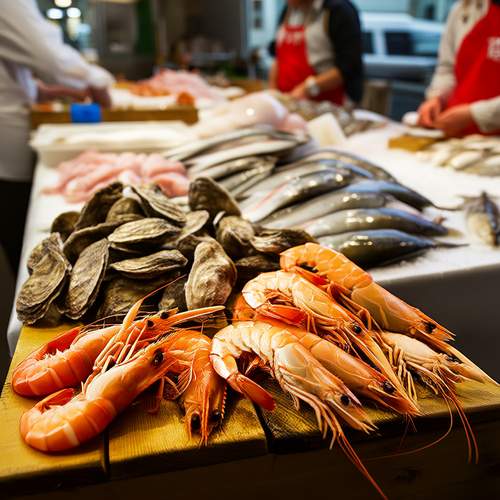
By /May 26, 2025
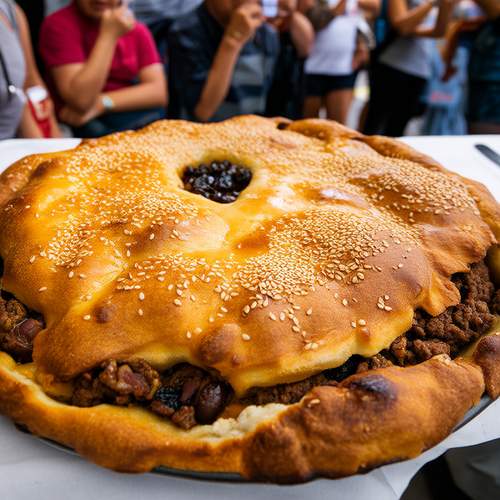
By /May 26, 2025

By /May 26, 2025

By /May 26, 2025

By /May 26, 2025
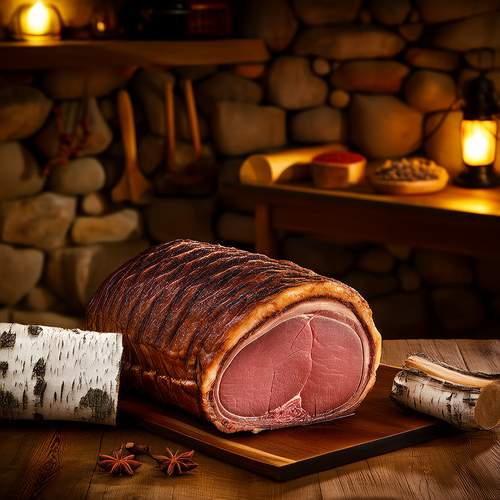
By /May 26, 2025

By /May 26, 2025

By /May 26, 2025

By /May 26, 2025

By /May 26, 2025
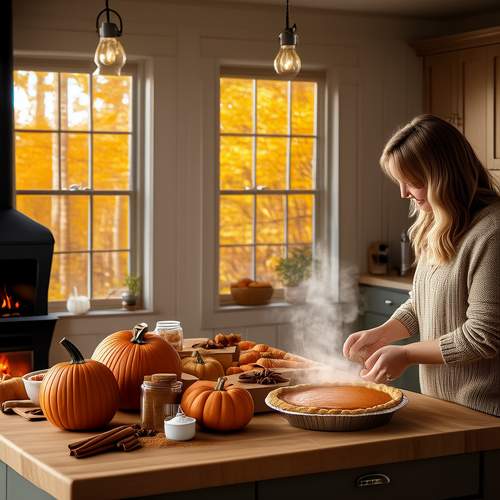
By /May 26, 2025
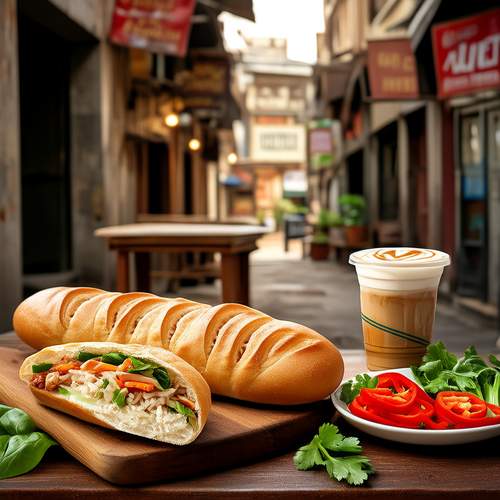
By /May 26, 2025
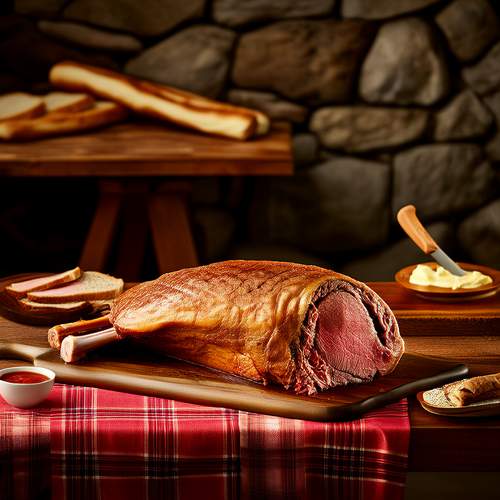
By /May 26, 2025
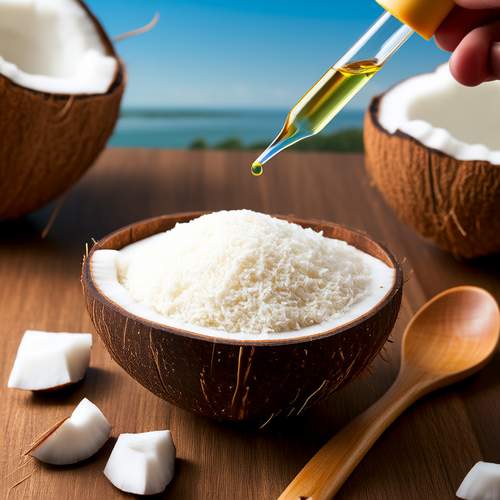
By /May 26, 2025

By /May 26, 2025

By /May 26, 2025
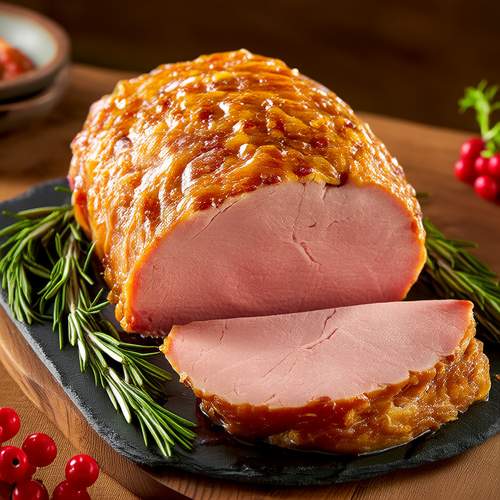
By /May 26, 2025